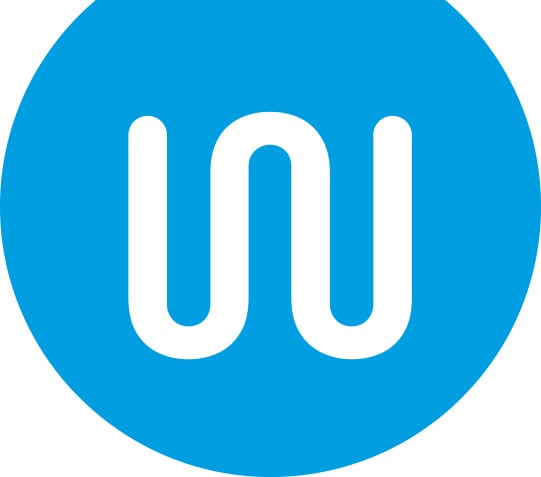Solar Grants in Ireland vs EU: How Do We Compare?
If you’re considering solar panels, one of the first questions is: What financial support is available? In Ireland, homeowners can access the SEAI Solar PV Grant, but how does this compare with what’s available across the EU? The short answer: Ireland offers decent support, but other EU countries often provide broader or higher-value incentives.
Solar Grants in Ireland
Ireland’s main support scheme is the SEAI Solar PV Grant:
- Up to €1,800 available for homeowners installing solar panels (amount depends on system size).
- Covers installations up to 6 kWp.
- Home must be built before 2021.
- A separate grant of €600 is available for battery storage.
- The Feed-in Tariff (FIT) allows you to sell excess electricity back to the grid, giving ongoing returns.
For small businesses, farms, and community groups, Ireland also provides support via schemes like the TAMS grant (for farmers) and non-domestic solar PV grants introduced in 2023.
How Does Ireland Compare to Other EU Countries?
| Country | Grant / Subsidy | Other Supports | Typical Payback Period |
|---|---|---|---|
| Ireland | Up to €1,800 SEAI grant + €600 for battery | Feed-in Tariff (FIT) for selling excess electricity | 5–7 years |
| Germany | Grants + low-interest loans (KfW Bank) | Strong FIT, battery + EV integration support | 6–8 years |
| France | Tax credits, regional subsidies | Net metering, self-consumption incentives | 7–9 years |
| Spain | Regional grants, zero-interest loans | Self-consumption law, bill offsetting | 6–8 years |
| Italy | Past Superbonus 110%, now reduced tax credits | Regional grants, strong incentives remain | 5–7 years |
| Netherlands | 0% VAT on solar installations | Net metering (phasing out) | 6–8 years |
Germany
- Generous feed-in tariffs still exist, though reduced from early years.
- Low-interest loans and grants available via KfW Bank.
- Strong focus on combining solar with battery storage and EV charging.
France
- Offers tax credits and subsidies for solar.
- Net metering scheme allows homeowners to offset their bills by exporting power.
- Grants vary by region, making some areas more attractive for investment.
Spain
- Previously restrictive, now one of Europe’s most attractive solar markets.
- Self-consumption law enables households to consume, share, and sell solar energy.
- Grants and zero-interest loans often available at municipal level.
Italy
- Known for Superbonus 110% (although phased down), which refunded more than the cost of installations.
- Strong regional grants and tax relief remain.
Netherlands
- Solar panels exempt from VAT.
- Net metering scheme still highly beneficial but being phased out.
- High uptake due to simple policies.
Where Ireland Stands
Compared to leading EU nations:
- Grant size: Ireland’s €1,800 cap is modest; Germany and Italy have historically offered higher-value supports.
- Accessibility: Ireland’s scheme is simple, but limited to homes built before 2021. Other EU countries often allow all properties.
- Long-term value: FIT payments in Ireland are competitive but not as strong as Germany’s traditional model.
Ireland is catching up, but overall EU leaders still provide broader, higher-value incentives.
What This Means for Homeowners
- Ireland’s grants make solar more affordable than ever, especially when combined with long-term savings.
- EU comparisons show Ireland could improve, but the current scheme still cuts payback periods to around 5–7 years.
- With rising energy costs, the grant plus FIT makes Ireland’s solar investment very worthwhile.
Key Takeaway
Ireland offers solid solar grants, but some EU neighbours provide even stronger incentives. For Irish homeowners, though, the SEAI grant and FIT scheme make solar highly cost-effective today and waiting for “better” incentives may just mean missing out on years of savings.
👉 Thinking about going solar in Ireland? WattCharger designs tailored systems to maximise your year-round energy independence. Get your free quote today and see how much you could save.
Blog Author: Rowan Egan
